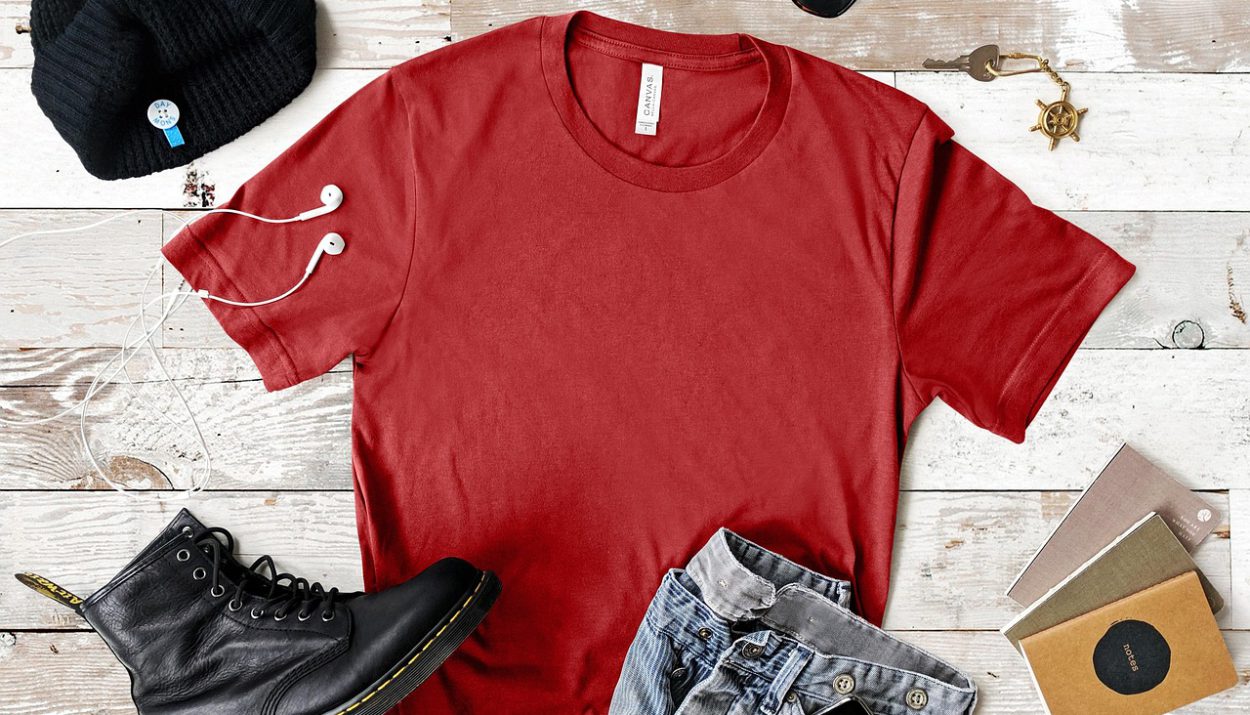Income streams in esports environment have been a major question for many gamers for over a decade. Though tournament victories and streaming subscriptions might feature in the news, a combination of different income streams in esports allows the majority of professional gamers and content creators to support their careers. This variety is not only clever but also required, as the gaming industry is volatile, and the preferences of online viewers will be changing.
Esports professionals are able to develop more sustainable and durable careers through the distribution of earnings through sponsorships, sales of merchandise, donations from fans, advertisements, and even the creation of digital content. Diversification offers some security against the unpredictable viewership, bumpy sponsorship packages, or competition exhaustion. To both creators and players, various sources of income are guaranteed to ensure that their gaming passion leads to their economic stability.
To cut a long story short, a mosaic of opportunities that may contribute to long-term sustainability is the new definition of the esports career today, as it is no longer characterized by a one-time paycheck.
Sponsorships and Partnerships
One of the most profitable areas of revenue for esports players and creators is sponsorships and brand partnerships. These plans are of various kinds. Other partnerships are direct brand sales, in which a company purchases a streamer to advertise a product using streams, social media, or tournaments. Others are product placements, which can be the inclusion of gaming peripherals, energy drinks or clothing in the broadcasts in a subtle manner. Another popular form is affiliate marketing, where creators make commissions when fans buy products with their own individual referral link.
High-level gameplay is not enough to attract sponsors, however. Firms are seeking persons with a high personal brand, an active audience following, and a target population that matches their marketing objectives.
Metrics such as the average number of simultaneous viewers, the number of people who can be reached by social media and fan loyalty are all essential in outlining the potential of sponsorship. Artists that emphasize the development of active audiences and the creation of relatable and organic personas tend to have more brand appeal than artists who only bank on raw talent.
The list of successful sponsorship deals can be long, as it proves the strength of this stream of income. Tyler Ninja Blevins has signed big-name deals with companies like Adidas, Red Bull, and Samsung and combined mainstream awareness with the gaming lifestyle.
Imane “Pokimane” Anys collaborated with such companies as HyperX or Cash App and counts on her extensive audience coverage and her personal brand strength. Even other organizations, such as FaZe Clan and 100 Thieves, have not restricted their sponsorship to gaming-related companies but have also established contracts with fashion brands and consumer goods manufacturers. Such contracts demonstrate the possibility of sponsorships to bring the income of a player to the range between modest and multimillion-dollar amounts, which makes it one of the most tempting sources of revenue in the esports industry.
Merchandise
Another revenue-producing item in esports is merchandise. Merchandise is also an effective branding and fan loyalty tool in addition to the monetary gain. By launching merchandise or gaming accessories, players or teams provide their fans with an opportunity to feel like members of a community. A hoodie, a mousepad, and a jersey are not products anymore; it means signs of belonging and solidarity.
The goods sold in the esports have grown way beyond the old staple of a t-shirt. Apparel is still trending, and in many cases includes logos and catch phrases on hoodies, hats, and jerseys. Gaming accessories like custom-designed keyboards, mousepads or controller skins offer useful products that fans can use in their day-to-day life. Even virtual products such as emotes, wallpapers, or special in-game items associated with creators have established a certain niche.
It has also been made easier to sell merchandise through the platform that produces, fulfils, and distributes merchandise. Shopify is still one of the most popular applications, which allows creators to create their own online shops. Streamlabs Merch and Teespring are directly connected to streaming sites, which means that the viewers can buy the products when they are watching live streams. Such services reduce the entry barrier to allow even smaller creators to begin to monetize their brands via physical or virtual products.
Merchandise will serve two purposes: to generate income and to support brand identity. Whenever a fan puts on a hoodie of a creator or uses his or her mousepad, they are walking billboards, which enhances the visibility and community reach of the creator even more.
Donations and Fan Support
The next important area of revenue among streamers and players is the direct one supplied by the fans. The donations are usually the most genuine type of assistance, manifesting the relations between a creator and his audience. Fan programs such as Patreon, Twitch Bits and Ko-fi allow fans to contribute to their favourite players separately, which gives them an opportunity to contribute to their players outside of ad revenue or subscriptions.
Motivation to make donations cannot be achieved by simply allowing it. Successful streamers in this field tend to work on the creation of real communities in which fans feel appreciated and close. Credit: It can be offered to fans as personalized shoutouts, exclusive content, or access to special Discord servers. Fan support psychology represents a reciprocity concept, i.e. investors who feel acknowledged and valued will be more eager to make regular donations.
To be realistic, the income from donations may differ significantly depending on the crowd. Smaller streamers can make between 50 dollars and a few hundred dollars a month, which in many cases is a side-earner. Busier streamers may attract thousands of donations every month, though, with some charity wizards at certain special occasions, charity fundraisers, or on milestone achievements. Although it is not the most stable source of income, donations can be an excellent cushion and can tend to enhance the relationship between creator and community.
Ad Revenue and Streaming
Advertising constitutes a consistent, even though not always substantial, revenue earner for esports creators. Websites such as Twitch, YouTube, and Facebook Gaming distribute advertisement income among their streamers according to watch time, impressions, and geographic coverage. Revenue is broadly estimated in terms of CPM or cost per thousand impressions that may vary between 2-10 dollars based on the platform and the demographics of the audience.
Although ad revenue is not often a viable part-time career, it has a crucial foundation. The creators who have a large following can have thousands per month in ads, and smaller creators get a more modest income. The length of content, frequency of uploading and retention of the viewer are all important factors. The unstable ad revenue has a major effect on the income puzzle, though it remains a significant factor of revenue in conjunction with donations, sponsorships, and merchandise, even though it relies on platform algorithms a lot.
Other Income Streams
The imagination of esports professionals has established the emergence of many other avenues of revenue in addition to the most typical ones. A lot of creators create digital material, including guides, tutorials, or breakdowns of strategies and can sell them as a premium or use them as part of subscription services. Others use their skills to coach potential players, training them on hourly or course fee.
Winnings of tournaments are not left out in the equation of those who continue to compete. Although this is not always a sure thing, winning in a contest can also be a significant increment to the overall revenue. Other than the game industry, other creators may consider passive income sources, including stock investments, cryptocurrency, or real estate investment, or offer licensing of their work to others in documentaries, advertising, or other forms of media. The fact that these opportunities are diversified serves to indicate that esports careers go far beyond streaming and playing individually.
Conclusion of Income Streams in Esports
The reason why the modern esports professional is able to thrive is that he can and does bring together a multitude of sources of revenue. Sponsorships, big paychecks, merchandise, brand loyalty and revenues, donations and fan support, ad revenue, etc, add more opportunities to this industry as well as additional opportunities such as coaching or the creation of digital content.
Financial stability in such a dynamic and competitive industry as esports is in diversification. Players and creators with strengths currently in branding, in content or in gameplay, the best opportunities to have sustainable careers are those who monetize them. After all, esports is not about picking one tool but combining a number of streams into a web of opportunity, which will guarantee financial and long-term success. For more such updates for finance and esports, do follow The Finance Gig.






